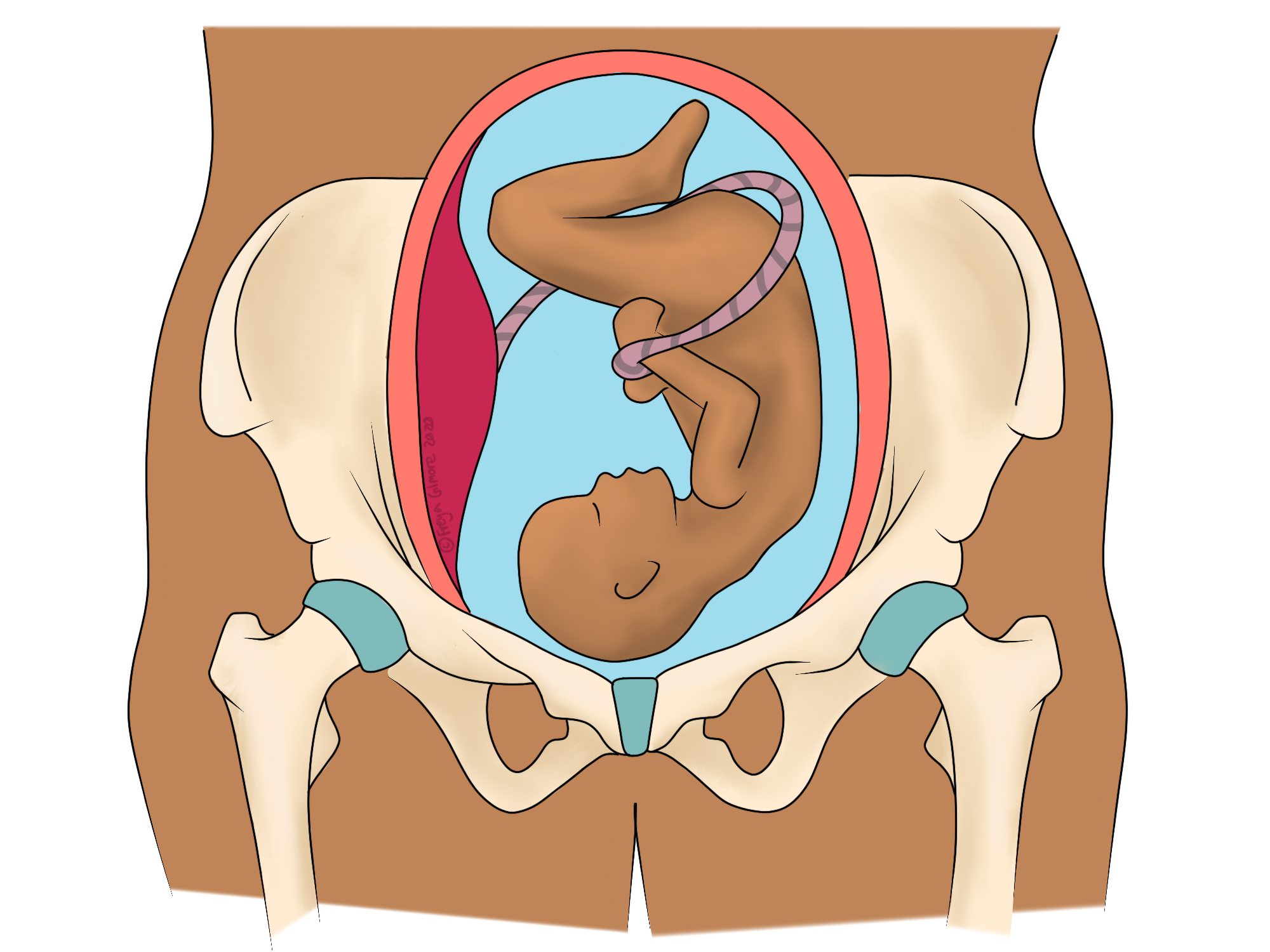Pregnancy Pains: SPD and PGP
Aches and pains, particularly in the lower back, are common in pregnancy. But sometimes the discomfort is more than just the expected adaptation. SPD and PGP refer to more intense pains in the joints of the pelvis.
General Lower Back Pain in Pregnancy
A combination of hormonal and mechanical factors can cause back pain throughout pregnancy. Even before the bump causes postural changes, hormones are circulating with the role of increasing mobility in the pelvis. Although important for birth, they can cause joint aches (and subsequent muscle pains) from the first trimester. As pregnancy progresses, you may find that your lower back feels fatigued, especially after standing for a while. You may also notice some achiness when moving from one position to another- these are not necessarily signs of SPD or PGP. You may find that keeping mobile and getting a check up from your osteopath are enough to make these symptoms manageable.
Read more about aches and pains in pregnancy here.
SPD: Symphysis Pubis Dysfunction
Symphysis Pubis Dysfunction is a pregnancy-related condition of the pelvis. The name refers to the pubic symphysis: the big joint at the front of the pelvis. The joint allows slight movement between the two main bones of the pelvis, and during pregnancy it widens and becomes more mobile in preparation for birth. Typically, the width of the female symphysis is 4-5mm, and widening to 6-8mm is considered normal. SPD is where the gap is wide enough that the pelvis becomes unstable, and is associated with DSP: diastasis symphysis pubis. This is where the gap is over 10mm wide.
PGP: Pelvic Girdle Pain
PGP is a more general term that encompasses SPD, but also pain in the back of the pelvis too. The two joints at the back of the pelvis are the SIJs. These joints adapt to changes in the pubic symphysis, as the three of them all affect each other. They can also become irritated in the absence of SPD, as the demands on the back change during pregnancy.
With pelvic instability, we often find muscular pain from the buttocks, hamstrings, and lower back muscles. This is the effect of the body’s attempt to stabilise the area. Muscular discomfort arises when the muscles are asked to do more than they are capable of. Your osteopath can help you to reduce the demand on these joints by checking that other areas are moving well, and ease the muscles with strengthening exercises. The stronger a muscle, the easier it is for it to do its job. Of course there is only so much that can be done to negate the effects of pregnancy, but the remaining symptoms typically resolve soon after birth. We’re still here to help if they linger.
Prenatal Osteopathy
Osteopaths are qualified to help with joint and muscle aches and pains. Both SPD and PGP may respond to work in the rest of the back and local musculature. The aim here is to ensure everything else is moving as well as it possibly can, in order to take some demand off the painful joints.
As with a lot of muscle and joint discomfort, strengthening exercises can be really helpful too. We can help with prescribing and monitoring exercises to make sure they stay relevant to you.
Osteopathy is considered a gentle therapy, and there is no evidence that it is unsafe during pregnancy. We make changes to the way we treat when you may not want to lay on your back for too long, or when stronger techniques may be inappropriate. Everything is done with your consent, and you are free to change your mind at any time.

